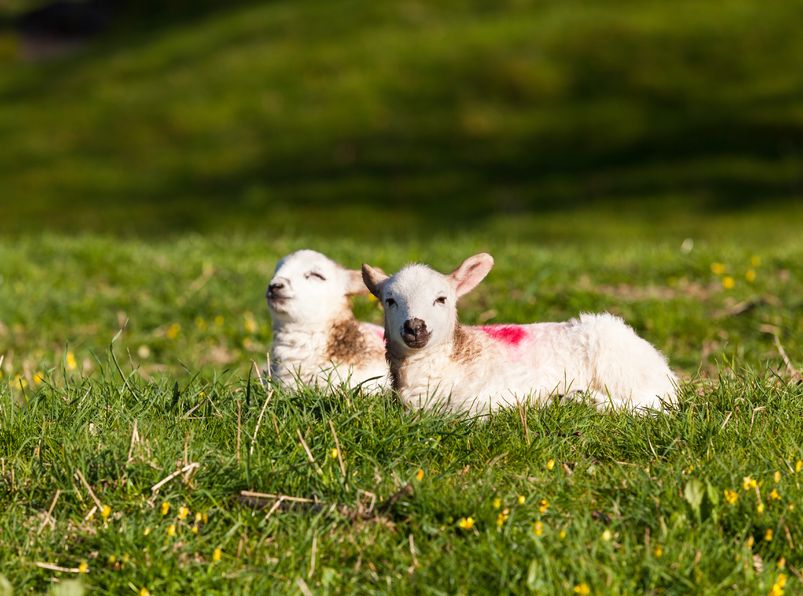
Later-born lambs and northern facing slopes are at a greatest risk of nematodirus during this 'very different year' for the disease, a forecast shows.
In stark contrast to 2019 and 2020, the much colder weather this spring has caused the nematodirus hatch to occur a bit later.
The Sustainable Control of Parasites in Sheep (SCOPS) group, which runs the disease forecast, says the hatch has been more gradual on most farms in low ground areas, over a longer period of time.
But now the risk levels are increasing on upland farms, it warns, and producers in these areas need to be on their guard as a more rapid hatch becomes a threat.
Lesley Stubbings of SCOPS said: “A quick comparison of 2021 and 2020 shows a one to two-week delay to this year’s risk in most areas.
"This means earlier-born lambs were generally not heavily challenged by nematodirus. By now, many lambs will also have developed immunity to nematodirus.
"However, with the frosts stopping and weather during the day warming up in the last seven to 10 days, there is a significant risk to younger lambs and those on north facing slopes where a mass hatch is a risk.”
As the season progresses, nematodirus is not the only parasite challenging 2021-born lambs, as other worm species are also responding to the warmer, wetter conditions.
Ms Stubbings said: "It’s time to get monitoring faecal egg counts (FECs) in lambs that are five to six weeks’ of age. The cold weather means many lambs are facing low sward heights.
"By grazing quite low down, they could pick up a significant worm burden quite quickly, so don’t get caught out.”
Unlike with other worm species, there is very low resistance in nematodirus to white (1-BZ) wormers, which makes it the product of choice for protecting lambs.
However, this is not the case when targeting a later nematodirus risk if other worm species need to also be controlled, Ms Stubbings explained.
“When choosing a treatment to target a later nematodirus risk, don’t forget that white (1-BZ) wormers may not be the best choice if you have resistance to this wormer group in other worm species.
"Seek advice, and if you do opt for a white drench, take the opportunity to test for resistance with a faecal egg count resistance test,” she said.
In addition to the live colour coded warning system, the SCOPS Nematodirus Forecast also provides an invaluable ‘historic data’ service.
This captures the date on which the dot changed colour in each area, both for the current year and going back to 2019.
By identifying the closest or most representative weather station for an individual farm, it is possible to plot the risk for this year and compare it to previous years.
